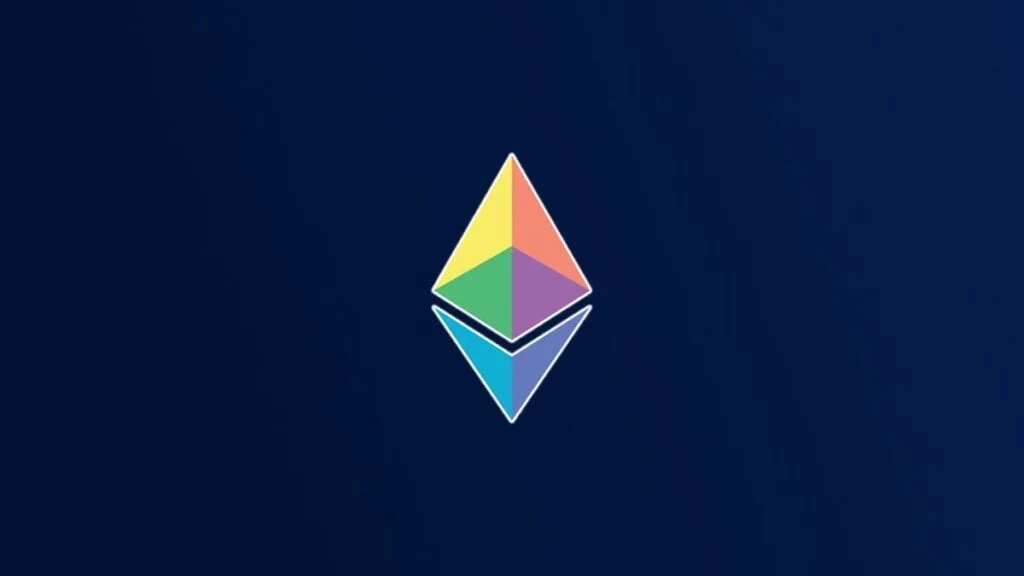What is Ethereum?
Ethereum has been described as a revolutionary breakthrough- with claims that it may one day change how banking, gaming and even social media is operated. Since it was proposed in late 2013, Ethereum grew from an idea proposed by 21 year old college dropout to a platform that is now worth $20 Billion USD market capital. What is all this hype about – is Ethereum truly a groundbreaking network potentially worth trillions of dollars? In this article we’ll discuss the basics of Ethereum in plain English, along with examples of what makes Ethereum different from other networks.
To explain Ethereum, we must first understand that most of the world operates in a centralized manner. For example, iPhones are mad by Apple, and Apple has complete control over what can and cannot go on the phone. Facebook is a social media platform, and the corporation can make decisions on who gets accounts Facebook accounts, what content gets shared and more important, who gets money (ie Facebook). Taking this example even further, we realize that the Banking world is also the same – central banks have the power to make critical decisions and benefit from the traditional centralized banking infrastructure.
Ethereum offers an alternative to this – instead of trusting a central party such as Apple, Facebook or JP Morgan Chase, we can trust in each other. Instead of centralization, Ethereum offers a solution where we can go in a completely new direction – towards decentralization.
What is Decentralization
The concept of trusting each other was previously impossible without the advent of a few cryptographic technologies. After all, you wouldn’t go on the street and randomly trust a stranger with $1000. Nor would you want to trust a stranger with your social media information, or running your iPhone.
Ethereum Network
Once a program is deployed to the Ethereum network, computers also known as nodes will ensure it is executed exactly the way it is intended. Ethereum refers to the the infrastructure for running smart contracts, dApps, and tokens worldwide. It is commonly mistaken for the currency, Ether, which is the native currency on the Ethereum network. To perform actions such making a transaction on Ethereum, Ether (ETH) is needed.
Decentralized Platform
Ethereum is a decentralized smart contract platform the runs decantralized applications (Dapps) and decentralized finance (DeFi). The vision behind Ethereum was to improve upon Bitcoin by allowing for the execution of a full range of code – via the turing-complete programming language Solidity. Ethereum is currently used to create tokens, such as Basic Attention Token ($BAT), creating digital collectible items (ERC 1155) and decentralized finance (MakerDAO). On the Ethereum network, the currency Ether (ETH) is used as a form of value transfer and to purchase “gas” required to power smart contracts.
Ethereum is an open-source platform for building and deploying decentralised applications i.e. dApps. Its native currency, Ether (ETH) serves as “gas” for running computations and transactions for dApps.
Main features of Ethereum

- Decentralised: No one party has majority control over the Ethereum network’s computing power.
- Ether is a cryptocurrency: It can be used as “gas” to power dApps and is a store of value.
- Automatic: Processes on the network can be executed without human intervention.
- Public: It is accessible by anyone with a computer and internet connection.
What are dApps?
Users can build and run decentralised applications (dApps) on the network. They serve some particular purpose to its users and must have these common features:
- Open source: The dApp’s source code must be publicly available. Changes to the source code require agreement by a majority of users.
- Decentralized: Records of how the dApp were used are stored on a public blockchain. This blockchain is not subject to any controlling entity.
- Incentivized: dApps must use and provide its unique tokens or digital assets to users as a reward for their contribution.
- Protocol: The community of users must agree on a cryptographic algorithm to show proof of value. Ethereum is currently using Proof of Work as its distributed consensus system. In future, this will change to Proof of Stake (PoS). Learn more about Proof of Stake.
Examples of dApps include:
- Enjin: a suite of products for creating, storing trading and integrating blockchain-based in-game assets. Learn more about Enjin here.
- Bancor: a token exchange.
Future of Ethereum
Ethereum’s latest upgrade, “Constantinople” was launched on 28th February 2019.
The next upgrade “Istanbul” is tentatively scheduled for 16th October 2019. It will have several updates. These include a new Proof of Work Algorithm designed to close the efficiency gap available to specialised ASIC miners.
Click here for a list of the upgrades under the Istanbul upgrade.
The ecosystem will gear up towards “Ethereum 2.0”- known as “Serenity”. Its major update will be a shift from Proof of Work to Proof of Stake.

Michael Gu
Michael Gu, Creator of Boxmining, stared in the Blockchain space as a Bitcoin miner in 2012. Something he immediately noticed was that accurate information is hard to come by in this space. He started Boxmining in 2017 mainly as a passion project, to educate people on digital assets and share his experiences. Being based in Asia, Michael also found a huge discrepancy between digital asset trends and knowledge gap in the West and China.
